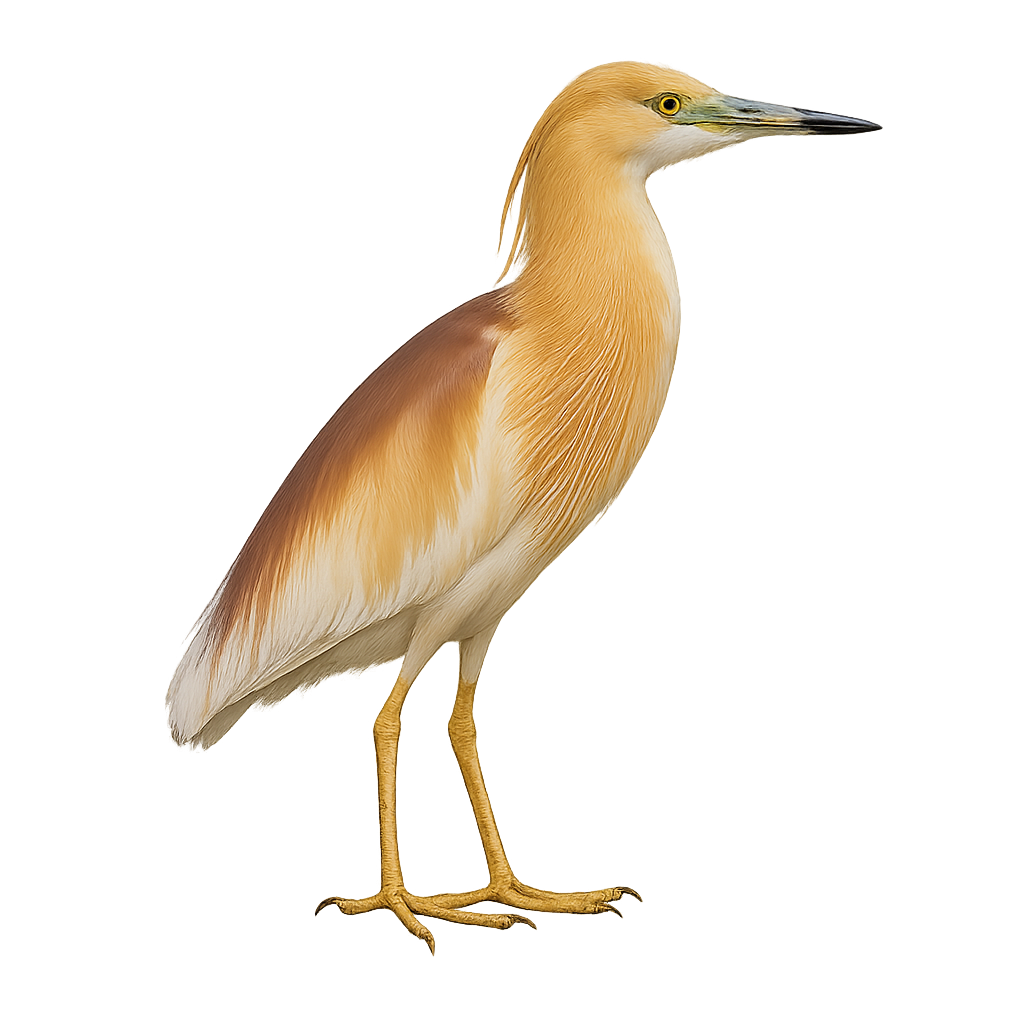Your wildlife photography guide.
Explore the indian pond heron in detail, study its behavior, prepare your shots.
Where to observe and photograph the indian pond heron in the wild
Learn where and when to spot the indian pond heron in the wild, how to identify the species based on distinctive features, and what natural environments it inhabits. The WildlifePhotographer app offers tailored photography tips that reflect the indian pond heron’s behavior, helping you capture better wildlife images. Explore the full species profile for key information including description, habitat, active periods, and approach techniques.
Indian pond heron
Scientific name: Ardeola grayii

IUCN Status: Least Concern
Family: ARDEIDAE
Group: Birds
Sensitivity to human approach: Very shy
Minimum approach distance: 50 m
Courtship display: May to July
Incubation: 18-24 jours
Hatchings: May to August
Habitat:
Freshwater wetlands, rice paddies and riverbanks
Activity period :
Primarily active during the day, with peak activity in the morning and late afternoon.
Identification and description:
The Indian pond heron is a small heron of about 45 cm, with buff-brown plumage and white flight feathers visible in flight. It inhabits freshwater wetlands, rice paddies and riverbanks, standing motionless before striking fish, amphibians and insects with a quick bill thrust. During breeding, it builds a stick nest in waterside shrubs and the male performs courtship displays by raising neck feathers.
Recommended lens:
400 mm – adjust based on distance, desired framing (portrait or habitat), and approach conditions.
Photography tips:
Sit motionless at water's edge, preferably at sunrise or sunset, and anticipate its burst-hunting; use a fast shutter speed and shallow depth of field to freeze the bird against the water reflection.
The WildlifePhotographer App is coming soon!
Be the first to explore the best nature spots, track rutting seasons, log your observations, and observe more wildlife.
Already 1 432 wildlife lovers subscribed worldwide

